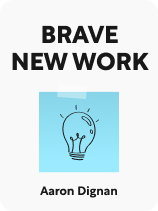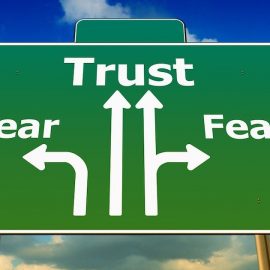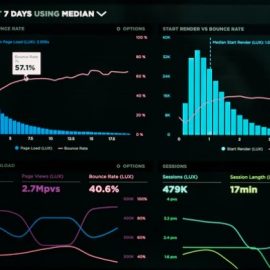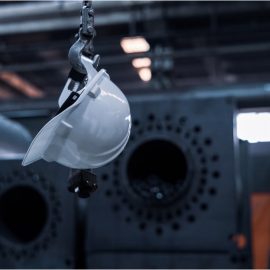

This article is an excerpt from the Shortform book guide to "Brave New Work" by Aaron Dignan. Shortform has the world's best summaries and analyses of books you should be reading.
Like this article? Sign up for a free trial here.
What is the book Brave New Work about? What are the main takeaways of the book?
In Brave New Work, investor and business consultant Aaron Dignan explains why outdated work structures are failing us. To solve this, he provides strategies for guiding your organization toward unconventional ways of working more efficiently.
Read below for a brief overview of Brave New Work.
Brave New Work by Aaron Dignan
To get the best results, leaders often try to control every aspect of an organization. However, the resulting bureaucracy and hierarchy actually prevent people from doing their best work. In his book Brave New Work, Aaron Dignan describes how to revolutionize organizations so they can adapt to the rapid pace of change in the modern world and help employees feel more engaged. His strategies to achieve autonomy and flexibility are customizable, and they’re shaped by collective input from employees as opposed to top-down reforms.
Dignan is an investor and the founder of The Ready, a consulting firm that helps businesses and other organizations adopt his key principles of autonomy and flexibility. Based on Dignan’s experience coaching and transforming institutions, Brave New Work, published in 2019, aims to convince leaders of businesses and organizations that new, unconventional ways of working together are both necessary and better for everyone.
In this guide, we’ll explain why outdated work structures are failing us. Then we’ll describe Dignan’s foundational principles for the modern organization: autonomy for employees and flexible organizational structures, and explore strategies for putting these principles into practice. The guide will also compare Dignan’s ideas to other books on business organization and management styles, and discuss some of the challenges of implementing these changes.
Why Old Organizational Structures Are Failing
Dignan explains why traditional organizations (which Dignan calls “Legacy Organizations”) are ineffective in the modern world. Dignan defines traditional organizations loosely as those having a rigid hierarchical structure. They tend to have managers at the top who make decisions and monitor other peoples’ work, and other employees who carry out their instructions and have little or no authority.
Dignan identifies two ways that traditional organizational structures are failing us today: They’re hindered by organizational debt (obsolete processes and structures that hinder an organization), and they undermine employees’ engagement at work.
Foundational Principles: Autonomy and Flexibility
Dignan covers foundational principles to revolutionize organizations: autonomy for employees (what Dignan refers to as “people-positivity”) and flexible structures (what Dignan calls “complexity-consciousness”). Dignan explains that his principles aren’t necessarily intended to help leaders run their organizations better, but rather to enable organizations to run themselves through decentralized yet coherent work toward a common goal.
Set the Stage for Change
To implement the key principles of autonomy and flexibility in your organization, Dignan explains the process of preparing your organization for big changes. He describes guidelines for introducing the principles over the long term and emphasizes the importance of establishing psychological safety and a consent process.
While some leaders might be less inclined to invest time and energy in invisible structures such as these, this type of groundwork is foundational to changes in other areas such as budgets, profit, and productivity.
Strategies for Implementing Change
Once you’ve set the stage for reform by establishing psychological safety and a consent process, you’re ready to implement Dignan’s strategies to combat disillusionment and inefficiency at work. Each of these strategies aims to incorporate his foundational principles of autonomy and flexibility into your organization.
- Define a unifying purpose
- Distribute authority widely
- Create dynamic teams
- Practice looping continuously

———End of Preview———
Like what you just read? Read the rest of the world's best book summary and analysis of Aaron Dignan's "Brave New Work" at Shortform.
Here's what you'll find in our full Brave New Work summary:
- How organizations can adapt to the rapid pace of change in the modern world
- Why old organizational structures don't work anymore
- How to enable organizations to run themselves through decentralized work






